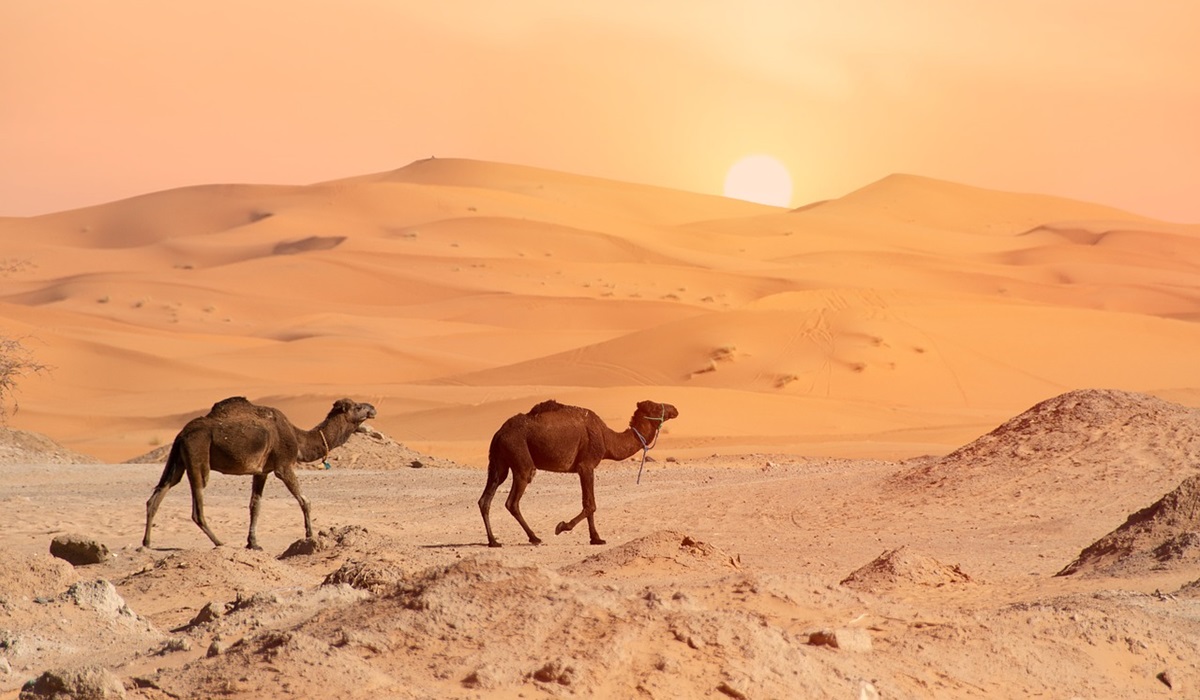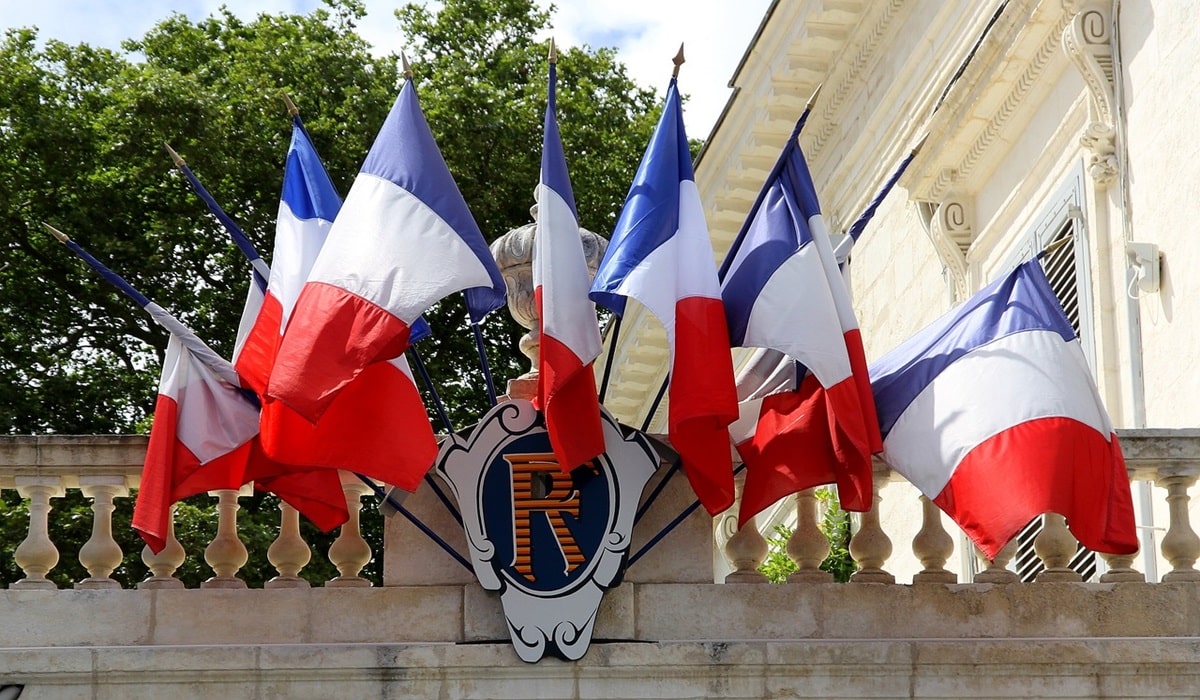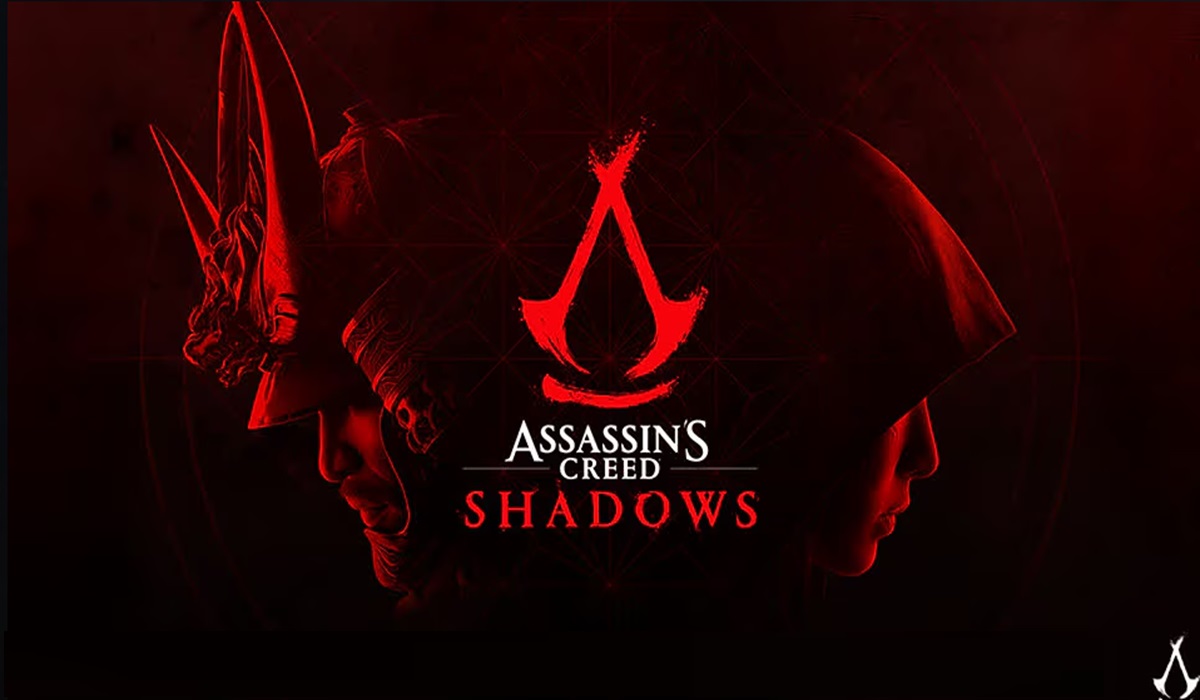Image Credit, Michał
We may have heard at some point that “With so many wonderful and green landscapes on earth, why talk about the desert?” The phrase is correct but it seems a bit short, because I know from personal experience that anyone who has visited the Sahara, even just a part of it, has been somewhat enchanted. Because the desert also has its own beauty, even if sometimes this is dangerous and treacherous.
During the more than 30 years that I stayed in Algiers, I went to the Sahara 20 times, including the 12 times that I had to leave for Tindouf for work reasons. All the journalists who lived in the Algerian capital were always excited to spend a few days in that immense landscape of 9 million and 200,000 square kilometers.
No one can boast of having traveled the Sahara from all sides. It is just not possible. Atilio Gaudio, an extraordinary Italian writer and explorer, with whom I shared an office in Algiers, made it clear to me a couple of times: “I have not been able to travel all that vastness either.” And the white parents told me the same thing. The desert makes you fall in love, it sticks to every pore of your skin and does not let you forget it.
Atilio moved in the desert as if he were at home. Suddenly he would stop, in front of a stony mound; he would start digging and extract two prehistoric flint arrows. “Here,” he said, “you will find what you could never have imagined. These arrows are authentic. And because they are so durable, they were perfectly suited to primitive man.”
But there is not one desert; there are two, speaking only of Algeria. The one that everyone who visits it likes; the one on a postcard is the “Erg”; There are dunes that stretch into the horizon and change shape as soon as a sandstorm blows. And then there is the most treacherous; the one that has no dunes because it is made up of a basaltic, stony, inhospitable surface. This is the “Hamada”, the worst of deserts.
And despite so much roughness and solitude, in that desert there is life: lizards, sand fish, gazelles… and the most beautiful of all; the tiny fox that fits in your pants pocket. It is the “fennec”, which is considered the most cunning and skillful of all foxes. No one can fool this little animal.
I always disliked seeing how some foreigners paid large sums of money to the Tuareg to sell them a “fennec”. But what shocked me the most was seeing planes arrive in Timimun, Tamanraset or Ouargla, carrying sheiks, emirs, princes and other Arab royal personalities to hunt gazelles.
Killing a gazelle, this animal also so beautiful and characteristic of the Sahara, is prohibited by law, but the government allows it to these Middle Eastern characters, who thank them, not with money, but with gold; with ingots that everyone knows and that the Arabs are so fond of. Algiers solves the problem by importing gazelles from Spain, bred for the Maghreb neighbour.
How many foreign visitors have died in the desert, losing track of the track they were driving on and exhausting the water they were carrying? There are no reliable statistics. In Algiers, the gendarmerie did not report the discovery of an all-terrain vehicle that they had been searching for for several days. They found it with its doors open and the bodies of six people inside. They had tried to survive using water from the radiator, but that did not save them.
It should be noted that the situation has completely changed thanks to mobile phones and those who use satellites, because they can call for someone to come and save them. Those who died made the mistake of not taking with them, which is mandatory, a Touareg guide, the only ones who “continue to see” the tracks when they have completely disappeared due to a sandstorm.
During the years we were there, we had to endure several storms: Sand splashes and hurts your face; you crouch down as much as you can; you wrap up the “cheche”, or long scarf, which covers your head; and you rely on your ski goggles; but the sand gets in from everywhere.
And not only sand, but also plagues of locusts. Suddenly the sky turns black, and it is not the clouds; it is the millions of flying insects, which, having little or no food to eat, fly towards lands where there is some sign of vegetation, to leave it bare in a very short time.
The Sahara does not live only from tourism. It is the land of all adventures and all trafficking. Weapons; drugs; counterfeit cigarettes; gasoline; salt cones; everything is bought, sold and ordered. There was a time when rebel bands dedicated themselves to capturing foreign visitors, demanding payment of a ransom in hard currency. This flourishing activity has long since declined since the kidnappers can be located in a short time thanks to modern satellite communication means. Imarsat is one of the most effective.
In Tamanrasset, what is most increasing is the trafficking of illegal immigrants from Niger, Mali and other parts of the Sahel. And it is a never-ending story. The illegal immigrants try to reach Morocco and from there reach the two autonomous Spanish cities (Ceuta and Melilla) to finally enter the European Eldorado.
The Algerian gendarmerie regularly raids Oran and the Moroccan border. They are then taken by bus to Tamanraset and expelled across the border to Niger and Mali… And a few weeks later the same story returns: Oran, Moroccan border, bus; Tamanraset and expulsion. Some of those who manage to stay in this last town work for miserable sums of dinars; and the women turn to prostitution out of necessity.
Foreign visitors love the homemade bread that the Tuareg cook by making a hole in the sand and covering it with embers. Then, if it is night, they can stretch out on the sand and contemplate a starry sky such as cannot be seen in Europe. The dance of the satellites does not stop, moving one after the other. No telescopes are needed.
To begin to get to know the desert, a good idea is to travel to the capital of the Mozabites, Ghardaia, which opens the doors to the Sahara. The Mozabites are white-skinned people who lived in the north of Algeria, where they were known as Berbers or Kabyles. They lived for several centuries before being Islamised by the Arab invasions; and even today they preserve their own customs, taking into account that they are rightly considered to have been the first inhabitants of North Africa. They worshipped various divinities until Islam and its one God arrived.
Today they are dedicated to commerce after having sustained countless confrontations with traffickers of all kinds, from drugs to spare parts for vehicles. They are sedentary unlike the other inhabitants of the desert, the so-called “blue men”, who constantly travel with their “jaimas” (tents), their goats and their dromedaries.








